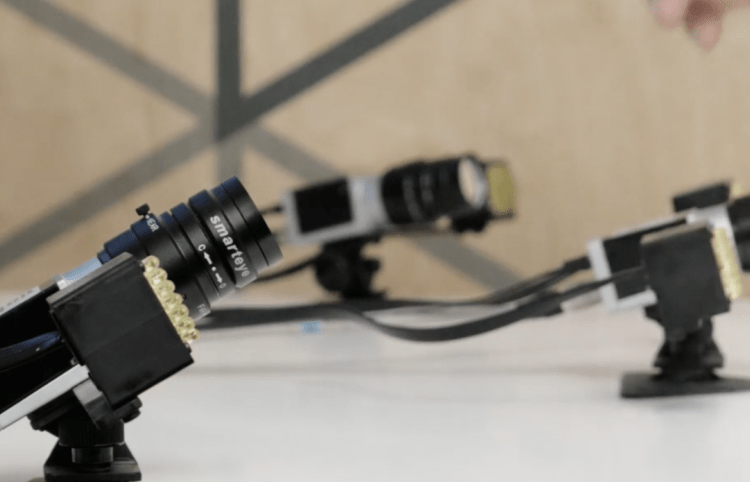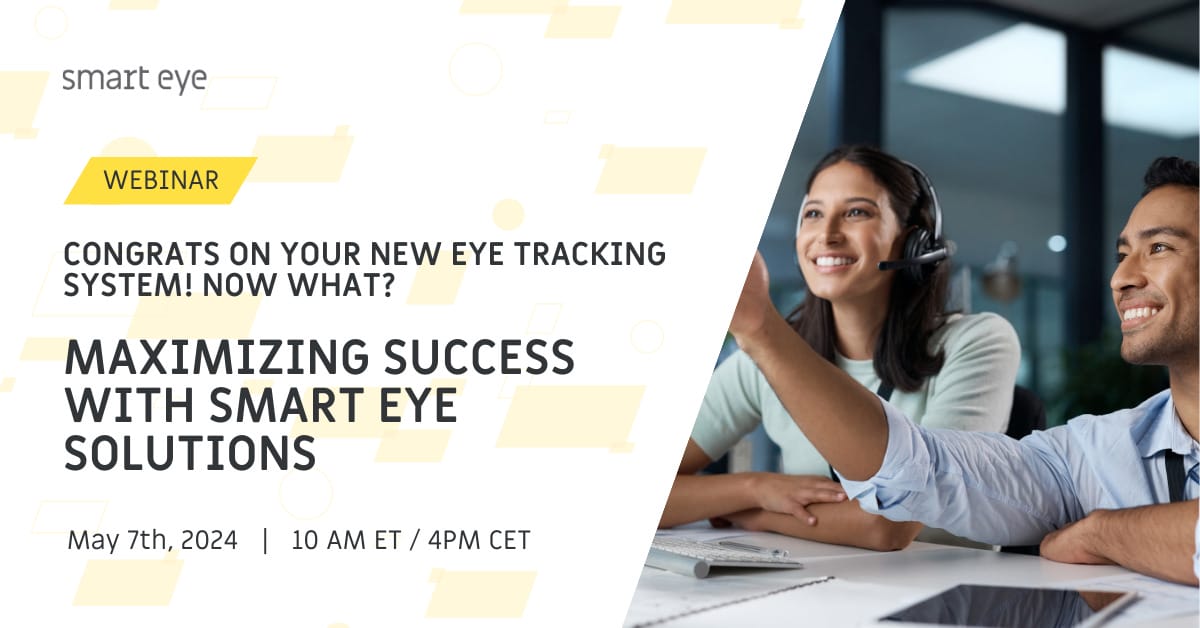EN


Purchasing the right eye tracking system for your research can be a challenging process. As previously mentioned, there are many different types of eye tracking solutions with a wide range of features and capabilities available in market today. Generally, they all work well in specific applications. So, before you decide on an eye tracking solution, you should ask yourself a few simple questions:
– What environment will you be testing in?
– What type of measurement parameters and metrics are needed?
– How would you like to analyze the data?
– How would you like to visualize the data?
– What advanced features or capabilities will be needed for your specific project?
– What is your budget?
Let’s dive into these questions in a little more detail to help explain the importance of each. Today we’ll be starting with your Environment.
When looking at your environment, it is important to first determine where you will be testing. The following are key environmental aspects to consider:
– Will you be testing on a single display screen?
– Or is the environment a bit more complex like a multi-screen application, simulator,vehicle or aircraft cockpit, or an open space,etc.?
– Will you need flexibility and versatility to use the eye tracking system in multiple environments?
– Will you need scalability for future projects that may require a wider Field of View (FOV)?
– What lighting conditions will you be testing in? Sunlight or poor lighting can present challenges for some eye tracking systems.
– What is the mobility of your test subjects?Are they stationary or moving freely?
– Will your test subjects be wearing sunglasses or prescription glasses?
– Are your test subjects willing or able to wear head mounted eye tracking systems or eye tracking glasses? Wearing a device can sometimes be a challenge for younger or older participants, as it is unnatural. Some subjects cannot wear them as they already wear prescription glasses. Also, these devices can slip which impacts data.

